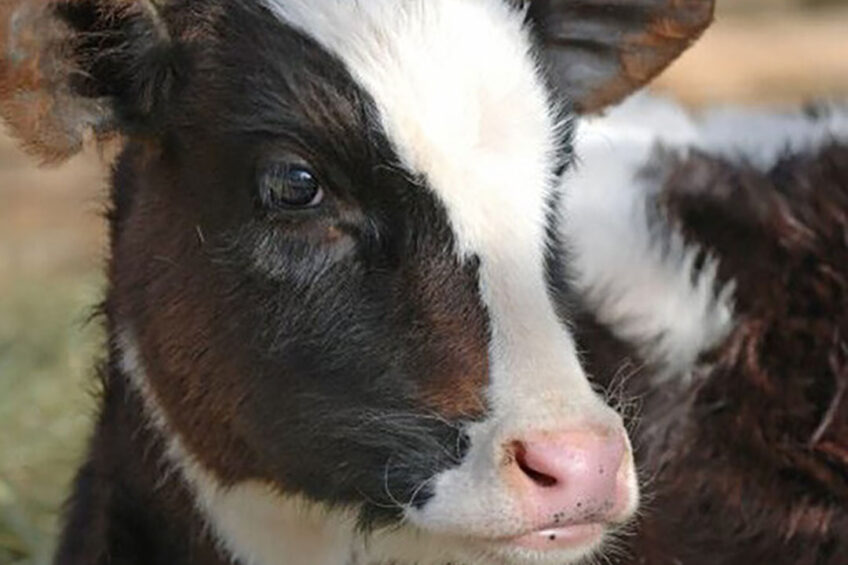Driving down dairy calf mortality rates in the UK

Researchers have been attempting to find out why the UK’s rate of calf mortality remains stubbornly high despite the plethora of best practice information available to the sector.
Research shows that perinatal calf mortality worldwide is between 2.4% and 9.7% with one UK paper estimating mortality to be 7.9% and an Irish study finding average perinatal mortality to be 4.3%. A further 6% of UK dairy calves were found to die within 3 months of birth.
Scientists at the Royal Veterinary College wanted to establish current calf management practices in the UK, along with farmer perceptions around different housing types. They issued a survey containing 48 questions which was distributed online to UK farmers via social media, online forums and veterinary practices.
A total of 216 participants completed the form, and a descriptive analysis with frequency distributions was calculated. The results uncovered the following:
- There was a low level of regular veterinary involvement in day-to-day health decision-making for calves (1.4%), highlighting the need for appropriate staff training and standard operating procedures to ensure prudent antimicrobial usage.
- Restricted calf milk feeding remains highly prevalent in the UK, with most calves fed milk replacer (53%) twice daily (87.5%), initially given milk at 4l/day (31%) or 6l/day (22%). There was a small number of farmers initially feeding only 2-3l/day (13%).
- Both the euthanasia of bull calves (2%) and feeding antimicrobial waste milk to calves (4%) occurred on some farms.
- In terms of housing, the study found the use of individual calf pens had reduced from around 60% in 2010 to just 38% in the study.
Their reduction has been driven by the policy of UK milk buyers. Farmer perceptions indicated that individual housing was thought to help to improve calf health and feed monitoring of calves, suggesting that successful use of group housing requires a higher level of stockmanship.
Bedding and hygiene for calves
The majority of farmers did not provide fresh bedding to calves on a daily basis (65%) and relatively few disinfected both the calf housing (38%) and ground (48%) between calves, suggesting that hygiene practices may require additional attention in farm management protocols as this highlights an area that could negatively affect calf enteric health.
‘A survey of calf management practices and farmer perceptions of calf housing in the UK’ is published in the Journal of Dairy Science and can be found here: A survey of calf management practices and farmer perceptions of calf housing in UK dairy herds | Elsevier Enhanced Reader
Join 13,000+ subscribers
Subscribe to our newsletter to stay updated about all the need-to-know content in the dairy sector, two times a week.










